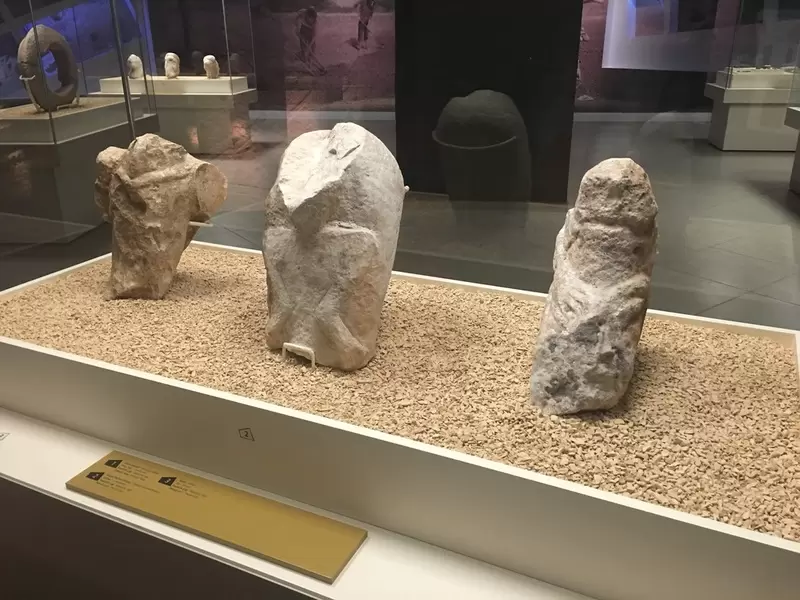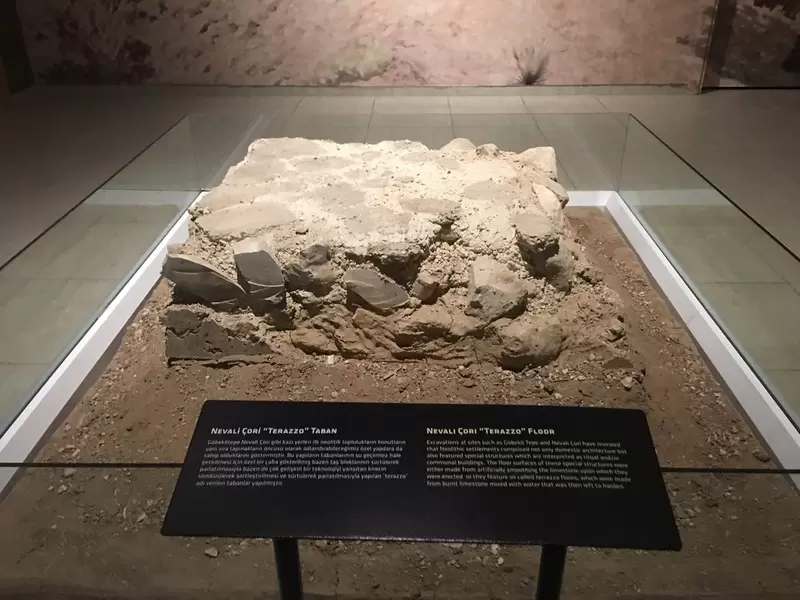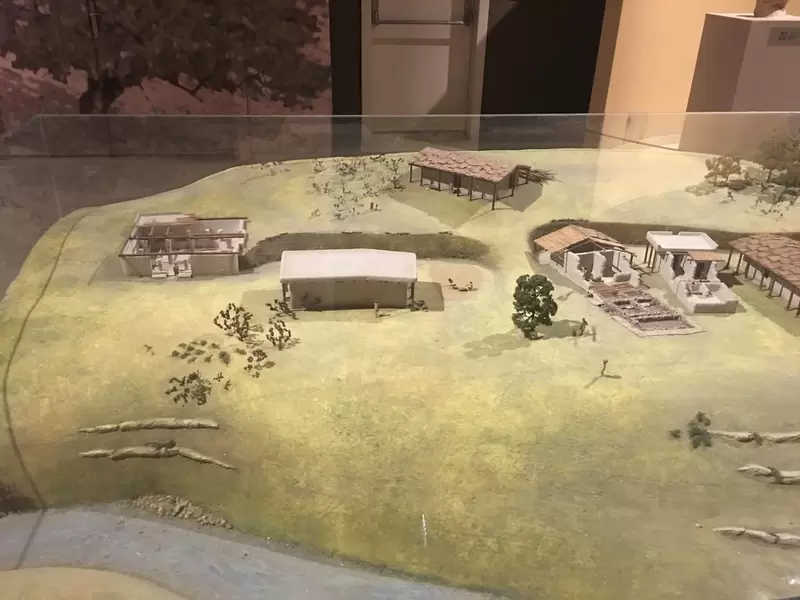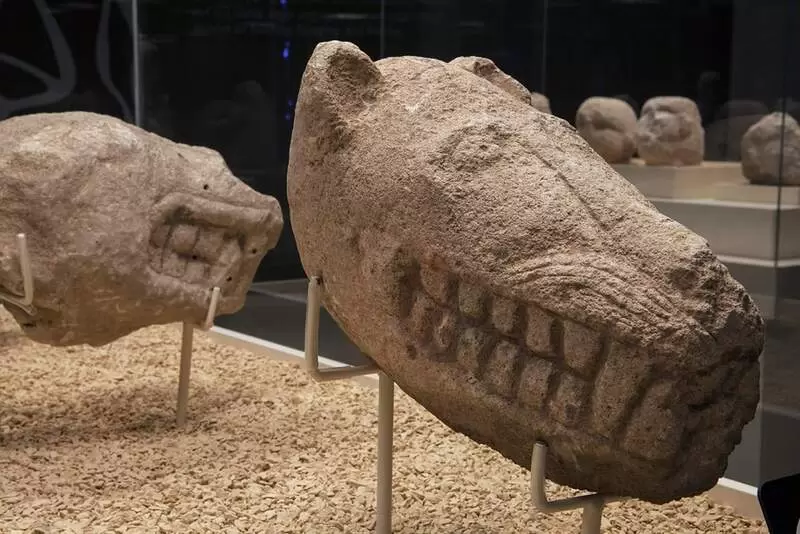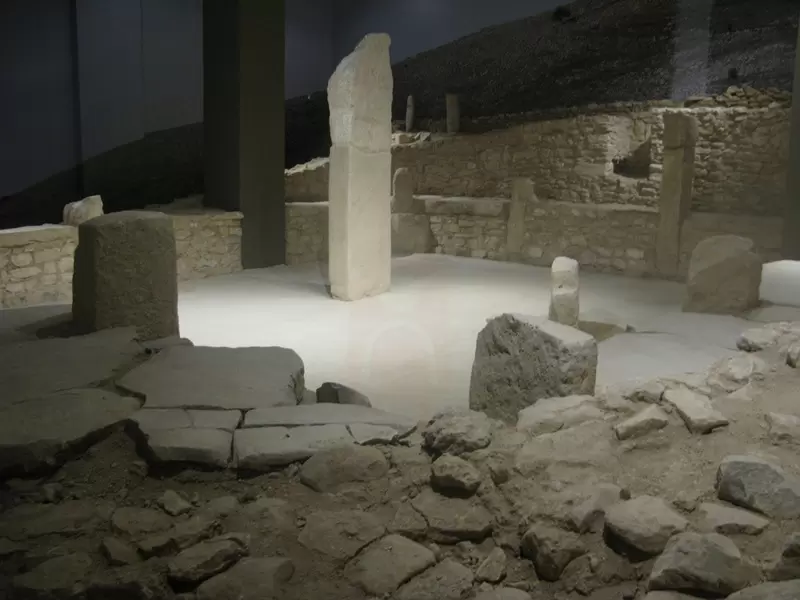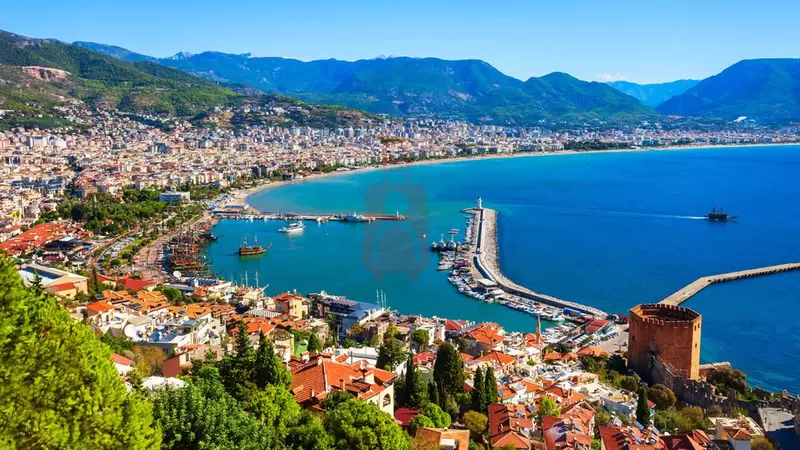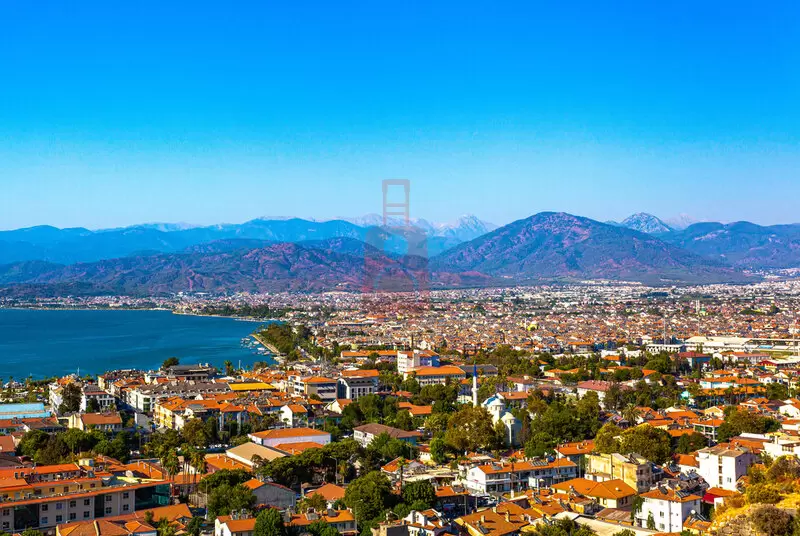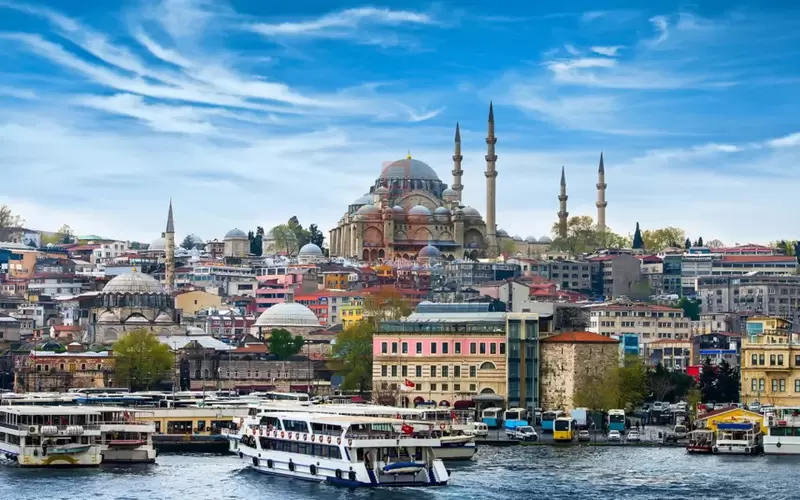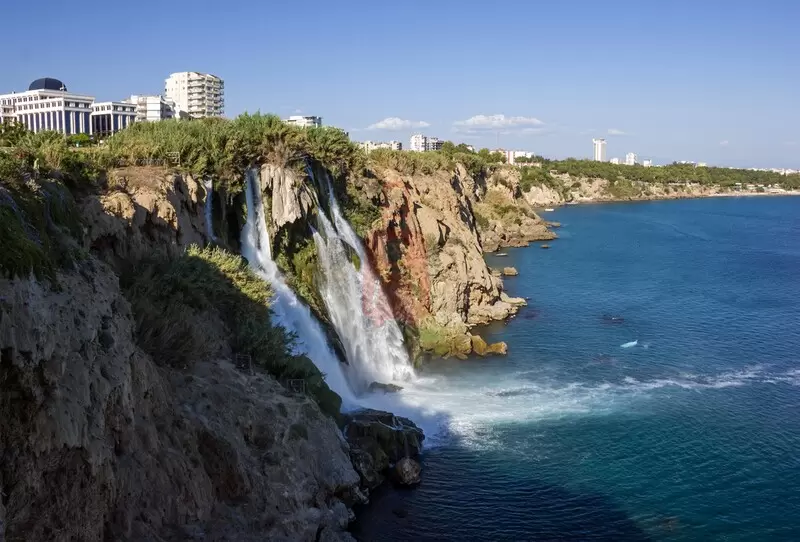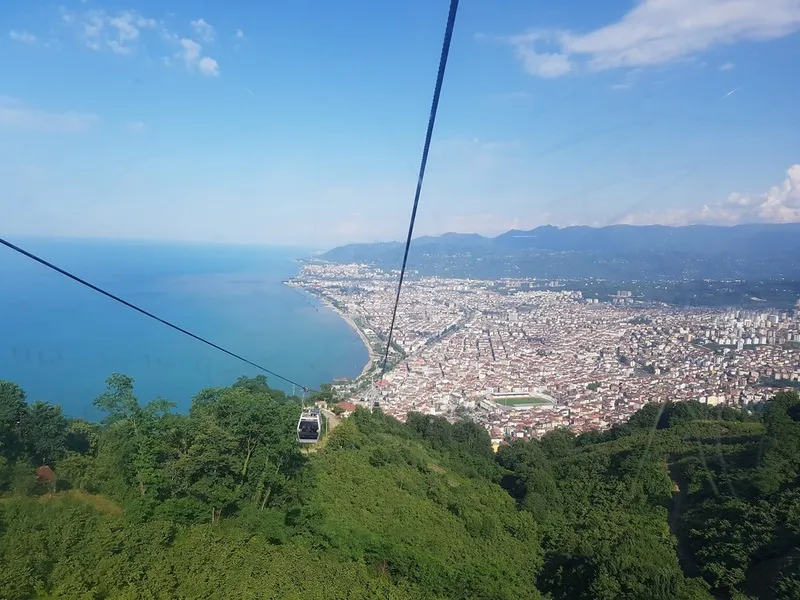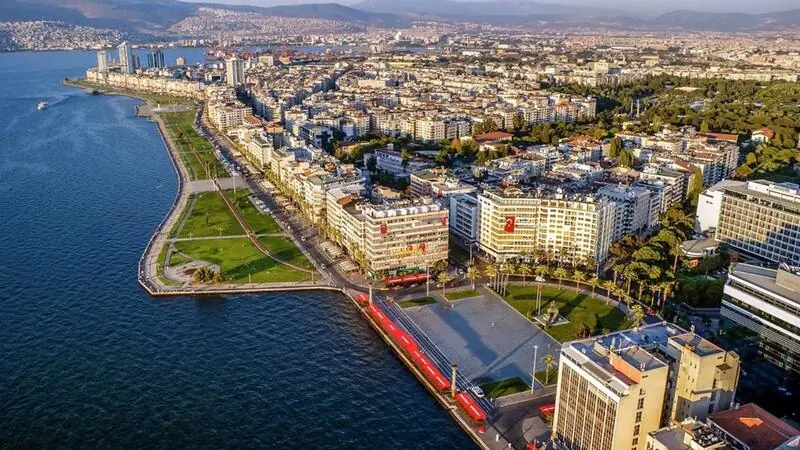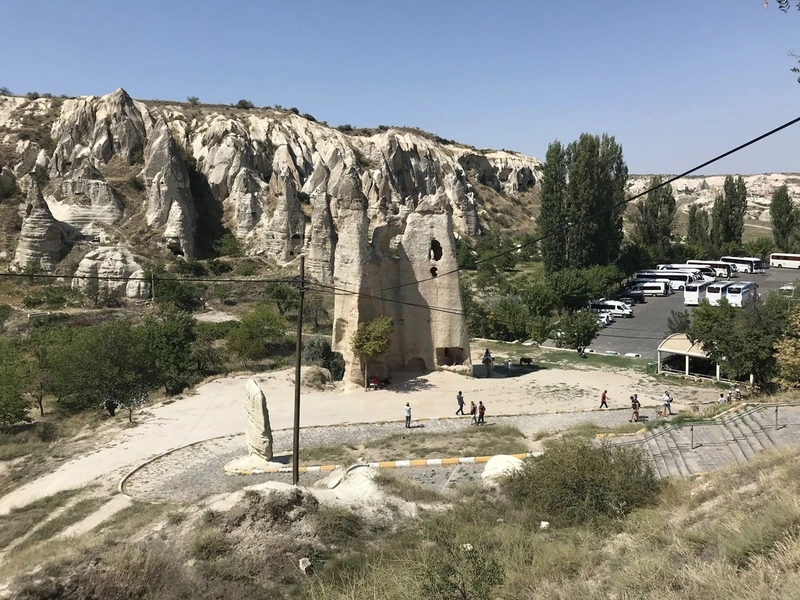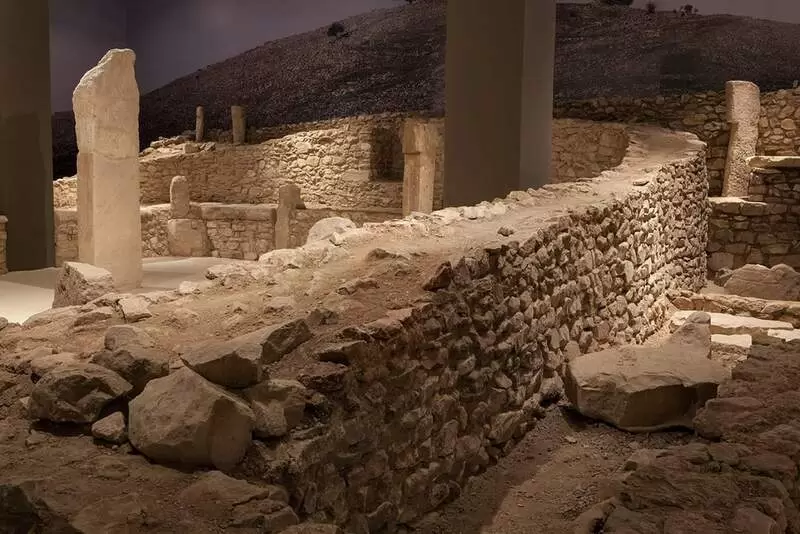
Nevalı Çori Ancient City is an archaeological site located in southeastern Turkey, near the modern-day city of Şanlıurfa. It is a significant historical and cultural site, offering a glimpse into the lives of early humans and their settlements. This ancient settlement, dating back to the Neolithic period around 9,000 BCE, provides valuable insights into the early stages of human civilization.
Dating back to the Pre-Pottery Neolithic period, Nevalı Çori Ancient City is estimated to have been inhabited between 8500 and 8000 BCE, making it one of the oldest known settlements in the world. The site was first discovered in the 1960s by a team of Turkish archaeologists led by Professor Harald Hauptmann. Excavations conducted by a team of international archaeologists revealed a remarkably well-preserved site, shedding light on the social, cultural, and technological advancements of its inhabitants.
One of the remarkable features of Nevalı Çori is its unique architecture. The remains of circular and rectangular mud-brick houses with stone foundations have been unearthed, showcasing the architectural ingenuity of the Neolithic people. These structures were likely the residences of the ancient community and provide evidence of early human settlement patterns.
The discovery of an elaborate shrine at Nevalı Çori is of particular significance. This shrine, known as the Sanctuary, is believed to be one of the earliest religious structures ever found. It consists of a series of carved stone pillars arranged in a circular formation. These pillars feature intricate reliefs depicting human and animal figures, possibly representing deities or important mythological beings. The Sanctuary at Nevalı Çori provides valuable insights into the religious and spiritual beliefs of the Neolithic people.
Artistic expression was also an integral part of the Nevalı Çori culture. Archaeologists have uncovered numerous examples of stone figurines, pottery, and tools adorned with intricate carvings and decorative motifs. These artistic artifacts showcase the creativity and craftsmanship of the Neolithic inhabitants, offering a glimpse into their daily lives and cultural practices.
Another significant discovery at Nevalı Çori is evidence of early agriculture. The remains of domesticated cereal crops, such as wheat and barley, have been found, indicating that the residents of this ancient city were among the first to practice agriculture. This shift from a hunter-gatherer lifestyle to an agricultural one marked a pivotal moment in human history, leading to the development of settled communities and the emergence of complex societies.
Visiting Nevalı Çori Ancient City today allows you to explore the remains of this remarkable Neolithic site. Although the original structures are no longer intact, the archaeological site offers a reconstructed exhibition hall that displays the original artifacts and provides detailed information about the history and significance of the site. Walking through the ancient streets and observing the remnants of the Neolithic structures, you can't help but marvel at the ingenuity and resilience of our ancient ancestors.
Nevalı Çori Ancient City stands as a testament to the human capacity for innovation and adaptation. It provides a window into the past, allowing us to appreciate the rich cultural heritage and the transformative journey that led to the complex societies we live in today. This archaeological gem is a must-visit destination for history enthusiasts, offering a unique opportunity to connect with our ancient roots and deepen our understanding of human history.
The ancient city is renowned for its well-preserved architectural remains, including houses, temples, and a large communal building. The houses at Nevalı Çori were made of mud-brick and featured multiple rooms. They were arranged closely together, suggesting a tight-knit community. The city's layout indicates a sophisticated urban planning system.
One of the most remarkable features of Nevalı Çori is its temple complex. The temples were constructed on raised platforms and had elaborate stone pillars adorned with animal reliefs. These reliefs depict a variety of animals, such as bulls, foxes, and birds, and are believed to have held religious or symbolic significance for the ancient inhabitants.
Archaeologists have also uncovered evidence of early agricultural practices at Nevalı Çori. The presence of grinding stones, sickles, and storage vessels indicates that the inhabitants cultivated crops and stored surplus food. This suggests a transition from a nomadic hunter-gatherer lifestyle to settled agriculture.
Excavations at Nevalı Çori have yielded a wealth of artifacts that provide insights into the daily lives of its inhabitants. These artifacts include stone tools, pottery, figurines, and jewelry. Notably, archaeologists discovered a significant number of female figurines, suggesting the importance of female deities or fertility cults in the ancient city's religious practices.
Nevalı Çori Ancient City is also known for its artistic achievements. The site has produced some of the earliest known examples of monumental sculpture in human history. The intricate stone reliefs found in the temple complex showcase the early humans' artistic skills and their ability to create intricate and detailed artwork.
Visiting Nevalı Çori allows travelers to step back in time and witness the ancient origins of human civilization. The site offers a unique opportunity to explore the architectural, cultural, and artistic achievements of our early ancestors. As you wander through the ruins, you can imagine the daily routines, religious rituals, and social dynamics that once existed in this ancient city.
It's important to note that Nevalı Çori is a protected archaeological site, and certain areas may be restricted to visitors. To ensure the preservation of this historical treasure, it is essential to respect any guidelines or restrictions put in place by the local authorities or archaeological teams working at the site.
In conclusion, Nevalı Çori Ancient City is a remarkable archaeological site that provides valuable insights into the lives of early humans. Its well-preserved remains, including houses, temples, and artwork, offer a fascinating glimpse into the dawn of human civilization. Exploring this ancient city allows visitors to appreciate the ingenuity, creativity, and cultural practices of our distant ancestors.
